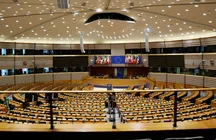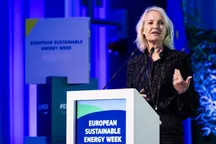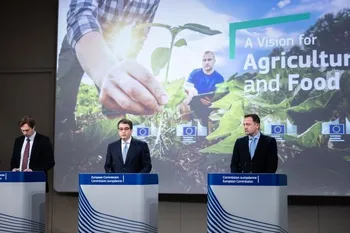Shipping represents over 90% of world trade and about 3% of global Green House Gases (GHG) emissions. For this reason, shipping companies are under increasing pressure to reduce their carbon footprint and comply with stringent environmental regulations. This demand for sustainable solutions is driven by the EU's FuelEU Maritime Regulation, the International Maritime Organization (IMO), and the Emissions Trading System (ETS). The EU ETS for maritime transport has become operational on January 1, 2024, and is going to be progressively implemented up to 2026. Currently, it applies to all large ships (5,000 gross tonnage and above) that enter EU ports, regardless of their flag. It covers 50% of emissions from voyages that start or end outside the EU and 100% of emissions from voyages between EU ports and within EU ports. Initially, covering CO2 emissions, ETS plans to include methane (CH4) and nitrous oxide (N2O) emissions from 2026. Shipping companies will then need to purchase and surrender allowances for their emissions. Therefore the sector is looking for a fast technological route to decarbonise the existing fleet, and, in recent years, ammonia and hydrogen have been acknowledged as promising green fuels to do so.
In this context, fuel cells represent a
...






